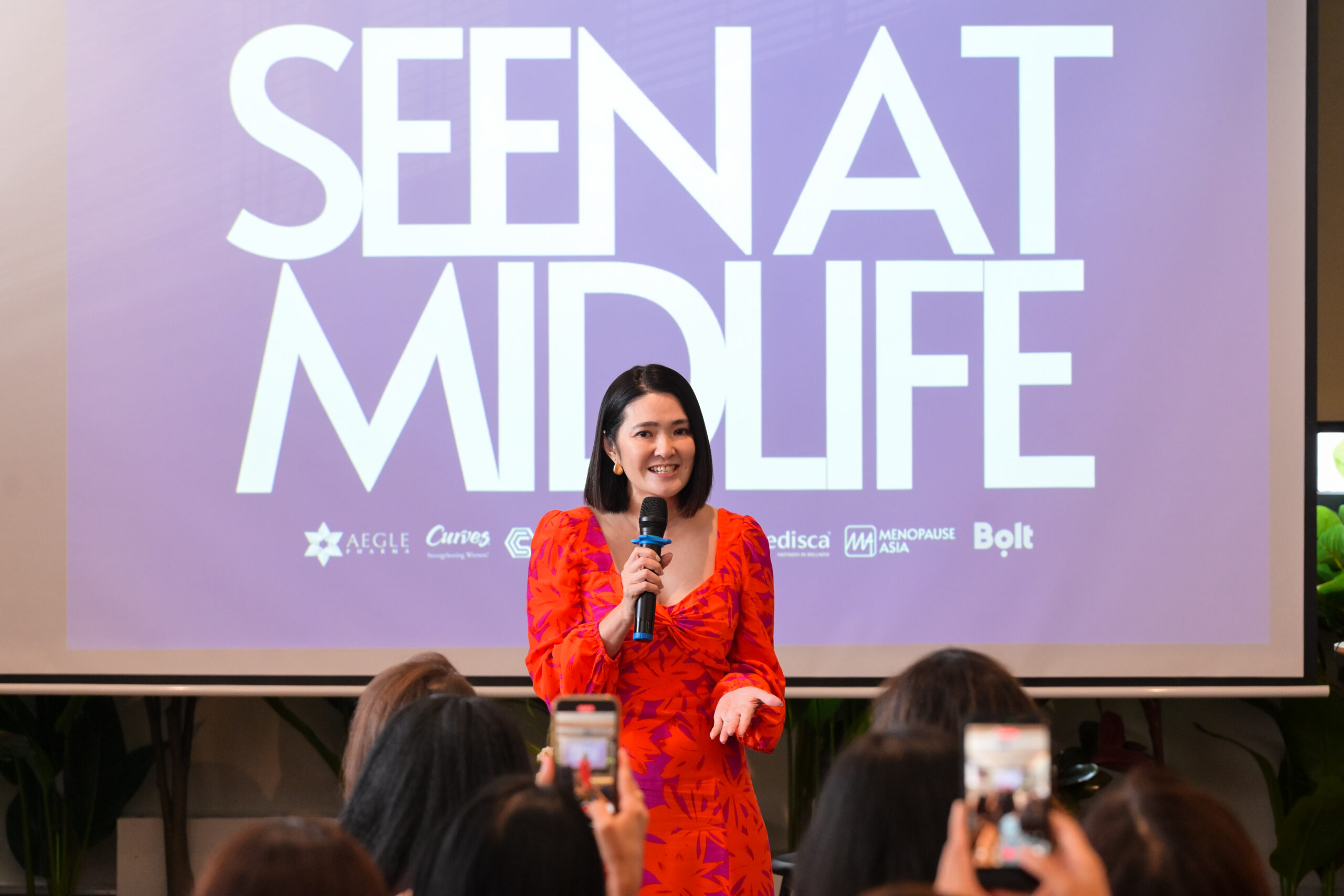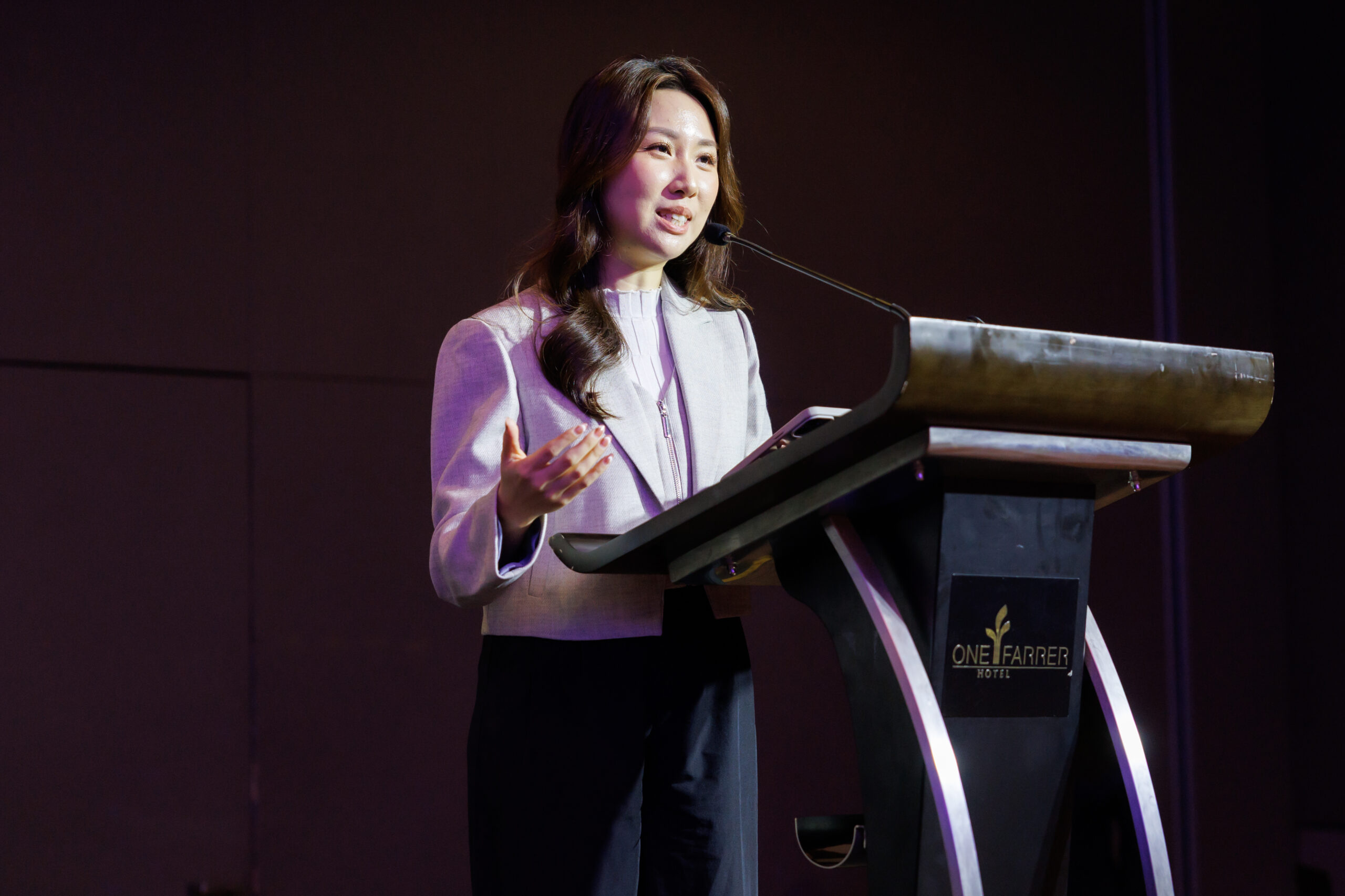How organisations can adapt to new workplace expectations
- Claire Lee

With expectations in the workforce changing drastically because of COVID-19, workers are becoming more conscious about their working conditions and have higher expectations than before, said Simon Frank, CHRO, Thome Group.
Speaking at the recent CHRO Singapore online event organised by HRM Asia, he shared, “Now, it’s kind of common when we recruit people, that part of the conversation [during] the interview is, ‘how many days are we working from home?’” To adapt, organisations have had to rethink how employees can be provided with more freedom within the workscope that has been set up.
To that end, adopting an open mindset is key, as Frank explained, “If we do not listen to what the employees are expecting to a certain extent, then we will miss out on employing the best people and offering the best conditions and solutions to how the work environment is going to look in the future.”
There has also been a change in the meaning of work to employees. Peter Hadley, President, ADP Asia-Pacific, highlighted that “purpose is [now] becoming much more of a driver for people”.
As a result, “a lot of people are making decisions with regards to their careers and their lives, and that’s resulting in a shortage of labour, impacting prices, the cost efficiency of labour, and also how companies need to position themselves with regards to being attractive to workers,” he said.
While workers and their expectations have changed, one principle that remains in hiring would still be to look out for employees who are curious. “If you have people who are interested and curious about what’s going on in the world, and around them, and with the problems that they face”, businesses can stay ahead of the curve, said Oliver Crocco, Assistant Professor, Louisiana State University.
Data and technology can also be utilised in hiring and retaining talent, specifically by identifying patterns of successful employees in the organisation and applying those to the recruitment process to filter candidates, explained Rohit Chennamaneni, Co-founder, Darwinbox.
Tapping into historical data can also prove valuable when identifying seasons where a particular trend is higher — like absenteeism or resignations — and then pre-planning around these scenarios, he said.
To tackle the Great Resignation, organisations will need to reimagine the employee experience. This can be done by putting culture first, highlighted Pip Lyons, Senior People Scientist, Culture Amp. When done right, a “beautiful employee experience” can spark engagement, foster innovation, boost productivity, and reinforce a sense of safety, inclusivity, and belonging, she explained.
“We need to recognise that the way we do business is gone for good, to pause our assumptions, really ask our employees what matters to them, and that is going to differ, across organisations, based on your industry and employee demographic breakdown,” Lyons said, highlighting that ultimately, “it really is about asking your employees what matters to them.”
Surveys are an important tool that could be used to receive staff feedback. “We know that done right, surveys can uncover those critical insights about where your employees are experiencing the friction,” she added.
Predictive analytics can also help businesses get a gauge of when employees are thinking about leaving. “Thinking about those signals that employees are giving us, about when they’re thinking about leaving, and how we might then be able to make strategic decisions based on that data,” Lyons explained.
Research by Culture Amp has revealed that 10% of people leave within the first six months of their tenure in a company, and they would have made that decision within the first six weeks on the job. “So, reinforcing the importance of your onboarding process and how you inject your culture is crucial”, she noted.
READ: People-centric HR management important for the “now of work”
Besides that, organisations can also adopt wellness strategies. These should cover a good set of goals and objectives, a framework covering physical, emotional, financial, and the career needs of employees; and executed through different wellness practices and initiatives, as well as formally defined roles and responsibilities, noted Billy Elliott, Regional Director APAC, Top Employers Institute.
“In order for employee wellbeing to become really meaningful and have the desired impact on employees in the wider business, there must definitely be a defined strategy in place. Because that sets the foundation, from where everything happens, and without that foundation, the execution of your wellness initiatives and programmes may not be as effective.”
For that reason, creating a safe space in the workplace would also be helpful. This would ensure that no worker would feel humiliated for speaking up with ideas, questions, concerns, or mistakes, noted Ammara Naeem, Head of Client Success, Top Employers Institute.
“With all that’s going on around us, it really becomes your responsibility as a leader, to make sure you’re creating that environment where your employees don’t have to think about that,” she urged.
CHRO Singapore was part of the successful CHRO Online Series 2021, which discussed some of the most critical initiatives and issues impacting CHROs and organisations as they build their future organisation.






